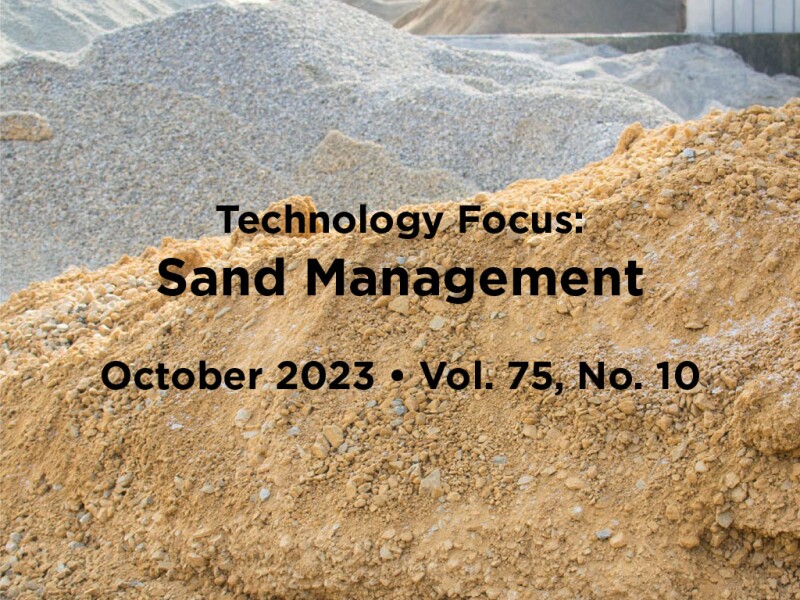As drilling and completion activity resumes post-pandemic, the sand-control market faces several logistical challenges. Inflation and supply-chain interruption concerns are expected to continue into 2024 because of high volatility in raw material pricing amplified by geopolitical tensions in Europe and the South China Sea. As oil price strengthens, consumer preferences shift and more operators investigate newer technology and focus more on performance than price.
Despite these factors, the fundamentals of sand control and sand management remain the same. As more-challenging reservoirs are being developed and new difficulties arise, however, more engineers are questioning the conventional sand-control aperture-sizing wisdom.
Any sand-control effort aims to manage solids production while creating the fewest restrictions to fluid flow. To assure that sand-control efforts meet these goals throughout the life cycle of the wells, engineers must design them in a way that can withstand the forces of nature, doesn’t erode with high and localized flow, doesn’t corrode with the harshness of produced fluid, and doesn’t mechanically deform during installation and life-cycle loads. If you are interested in diving into these design processes, paper IPTC 21158 provides insight.
With the higher adaptation of flow-control devices in recent years to improve flow segmentation and reduce the premature failure of sand control because of highly localized flow, flow-control-device implementation is becoming an integral part of sand-management strategy. More papers every year discuss the design process and field implementation of various kinds of flow-control devices along with sand controls. Paper SPE 210299 provides good insight into some of the field challenges and results of implementing flow-control devices with sand control.
As always, monitoring for sand and solid production is key in any sand-management effort to assure the integrity of the system and maintain the containment of the fluids. In the past year, several papers focused on monitoring, including discussions of new technologies and presentations of field case studies. Paper IPTC 22989 is among the interesting papers in this subject.
This Month’s Technical Papers
Plasma-Sprayed Coatings Resist Erosion in Wire-Wrapped Screens
Subsea Multilateral Oil Producer Evaluated With Acoustic and Production-Logging Tools
Automated Work Flow for Sand Prediction, Monitoring Improves Operational Efficiency
Recommended Additional Reading
IPTC 21223 Lesson Learned From First Application of Openhole Standalone Screen With Autonomous Inflow Control Devices in Oil Field Offshore East Malaysia by Catherine Ye Tang, Petronas, et al.
SPE 210128 Erosion-Resistant Sand Screen: Development and Deployment by Antonio Lazo, Chevron, et al.
SPE 208162 Prediction of Threshold Sand Rates From Acoustic Monitors Using Artificial Intelligence by Ronald E. Vieira, University of Tulsa, et al.

Mahdi Mahmoudi is sand control technical manager at Variperm Energy Services. He holds a PhD degree in petroleum engineering from the University of Alberta. Mahmoudi has been involved in sand-control design and evaluation testing in conventional and thermal production for more than a decade. He has authored and co-authored more than 90 technical conference and journal publications about sand-control design, evaluation, failure analysis, and risk assessment in drilling and well completions.

